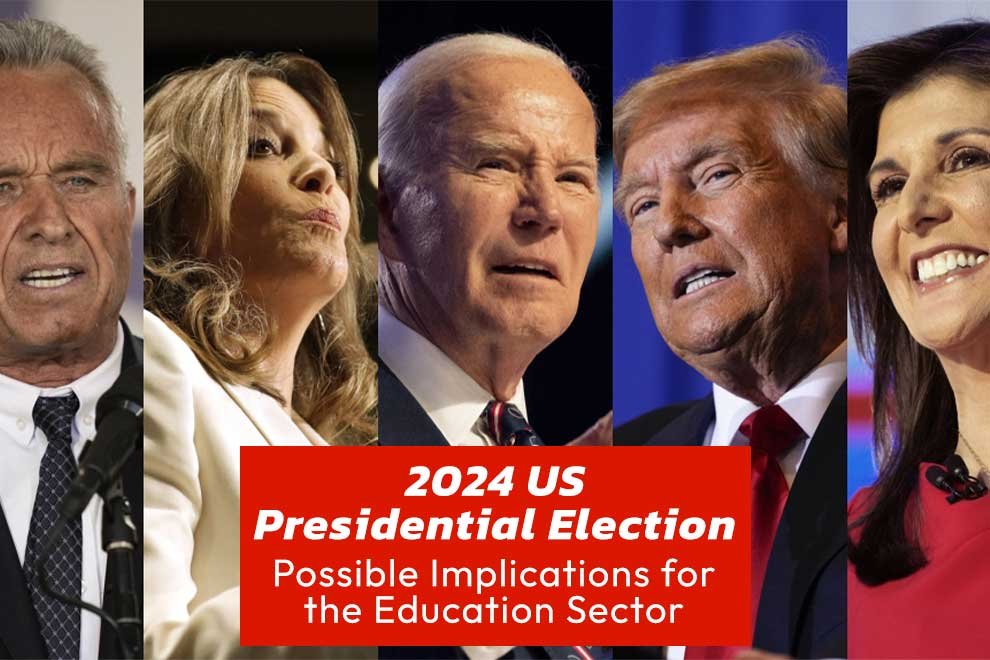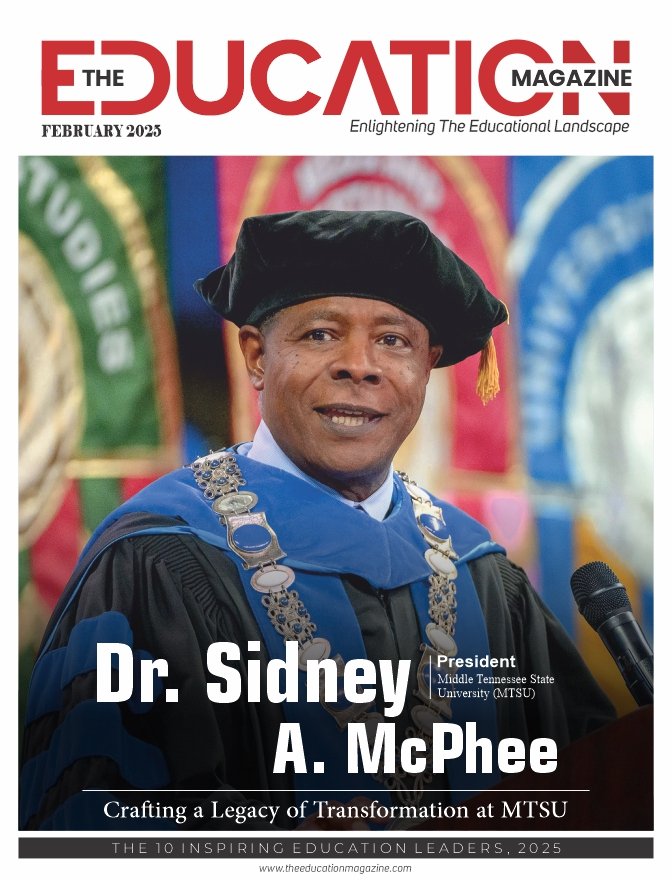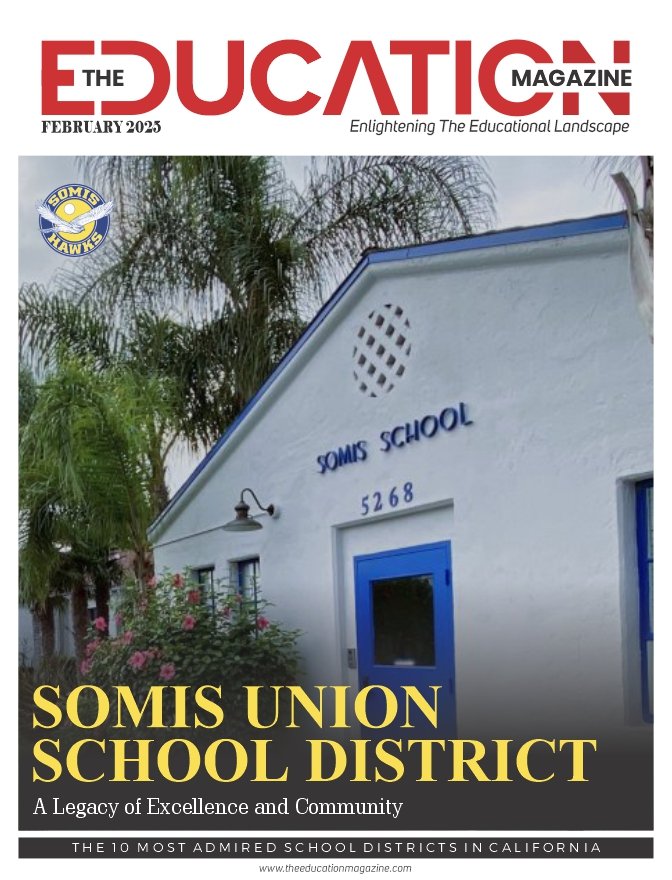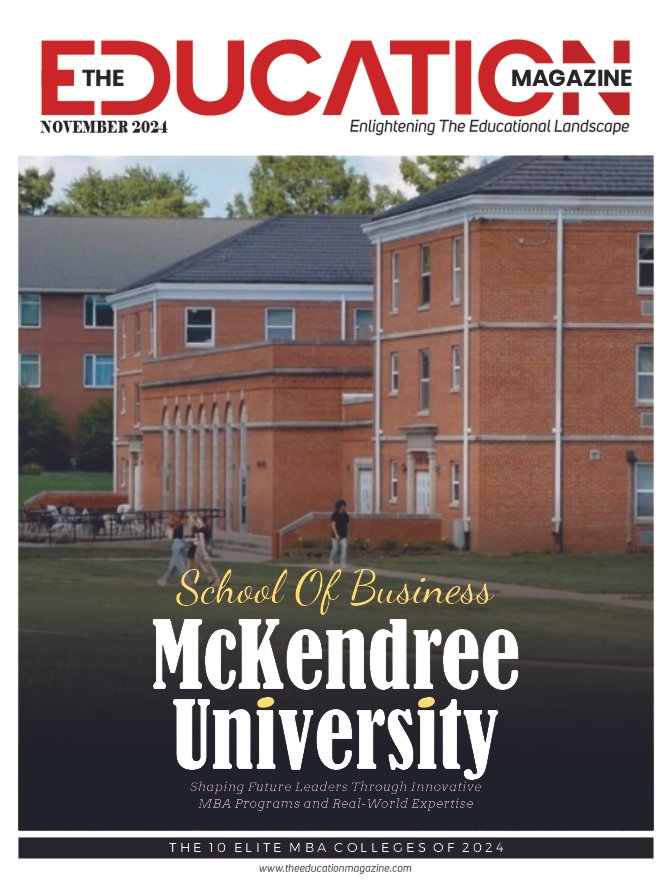The 2024 US Presidential Election is poised to bring significant changes across various sectors, with the education sector being one of the most critical. This article delves into the potential implications for the education sector under the policies of the major candidates. Understanding these impacts is crucial for educators, students, parents, and policymakers as they navigate the possible future landscape of education in the United States.
Joe Biden: Focus on Public Education
One of the leading candidates, Joe Biden, has placed a significant emphasis on bolstering public education. This includes substantial increases in funding for public schools, aiming to reduce class sizes and improve teacher salaries. By prioritizing public education, Joe Biden seeks to address the disparities between urban and rural school districts, ensuring equitable access to quality education.
Additionally, Joe Biden advocates for expanding early childhood education programs, recognizing the long-term benefits of investing in the youngest learners. The emphasis on public education also includes a push for increased funding for special education services, which could lead to more comprehensive support for students with disabilities. These measures are expected to create a more inclusive and supportive educational environment, fostering better outcomes for all students.
Donald Trump: School Choice and Charter Schools
In contrast, Donald Trump’s education platform focuses on promoting school choice and the expansion of charter schools. Proponents argue that this approach offers parents greater control over their children’s education and encourages competition, which can lead to overall improvements in school quality. Donald Trump believes that increasing the number of charter schools will provide more educational options, particularly in under served areas.
However, critics of this approach highlight potential downsides, such as the diversion of funds from traditional public schools and the lack of accountability for charter schools. This debate underscores the need for a balanced approach that ensures quality education for all students while exploring innovative educational models. The implications of this policy could significantly reshape the landscape of K-12 education in the United States.
Higher Education and Student Debt
Both candidates recognize the growing crisis of student debt and have proposed different solutions to address this issue. Joe Biden advocates for making community college tuition-free and significantly increasing funding for Pell Grants, which would help low-income students afford higher education. These proposals aim to reduce the financial burden on students and make higher education more accessible.
Donald Trump, on the other hand, proposes an income-driven repayment plan for federal student loans, capping monthly payments based on income levels. This approach seeks to ease the financial pressure on graduates entering the workforce. Furthermore, Donald Trump’s plan includes incentives for private sector involvement in funding higher education, potentially leading to more scholarships and grants. Understanding these proposals is crucial, especially considering the presidential betting odds, as they provide insight into which policies might come to fruition depending on the election outcome.
Technology and Innovation in Education
Another critical area of focus for both candidates is the integration of technology and innovation in education. Joe Biden proposes significant investments in digital infrastructure, aiming to provide high-speed internet access to all schools, particularly in rural and under served areas. This initiative is designed to bridge the digital divide and ensure that all students have access to modern educational tools and resources.
Donald Trump emphasizes the importance of public-private partnerships to drive technological advancements in education. This includes incentivizing tech companies to develop innovative educational platforms and tools that can enhance learning experiences. The implications of these policies could lead to a more tech-savvy education system, preparing students for the demands of the modern workforce and ensuring that American students remain competitive on a global scale.
Impacts on Teachers and Educational Workforce
The education policies of both candidates also have significant implications for teachers and the broader educational workforce. Joe Biden’s plan to increase funding for public education includes provisions for raising teacher salaries and providing additional professional development opportunities. This focus aims to attract and retain high-quality educators, addressing the ongoing teacher shortage crisis.
In contrast, Donald Trump’s emphasis on school choice and charter schools may lead to a more varied landscape for teachers, with potential opportunities in alternative educational settings. However, this could also result in challenges related to job security and benefits, as charter schools often operate under different regulations compared to traditional public schools. The implications for the educational workforce will be a critical area to watch, as the policies of the next president will shape the future of teaching and learning in the United States.
Conclusion
The 2024 US Presidential Election presents distinct visions for the future of education in the United States. From increased funding for public schools and early childhood education to the expansion of school choice and innovative technological integration, the policies of the major candidates will significantly impact students, educators, and families.
As the election approaches, it is essential to consider these potential implications and understand how they align with broader goals for educational equity, access, and excellence. The decisions made in this election will have lasting effects on the education sector, shaping the opportunities and challenges faced by future generations.
Also Read; What is the Digital Divide and how is it impacting the Education Sector?










